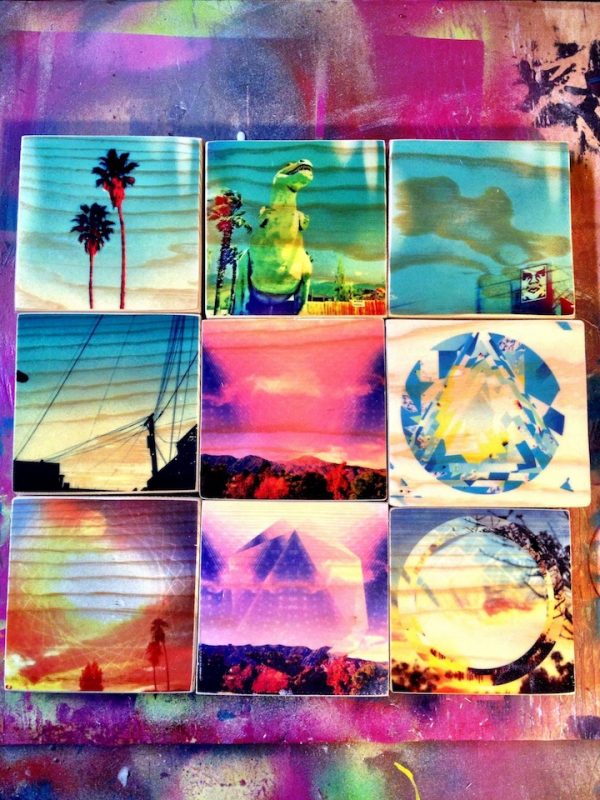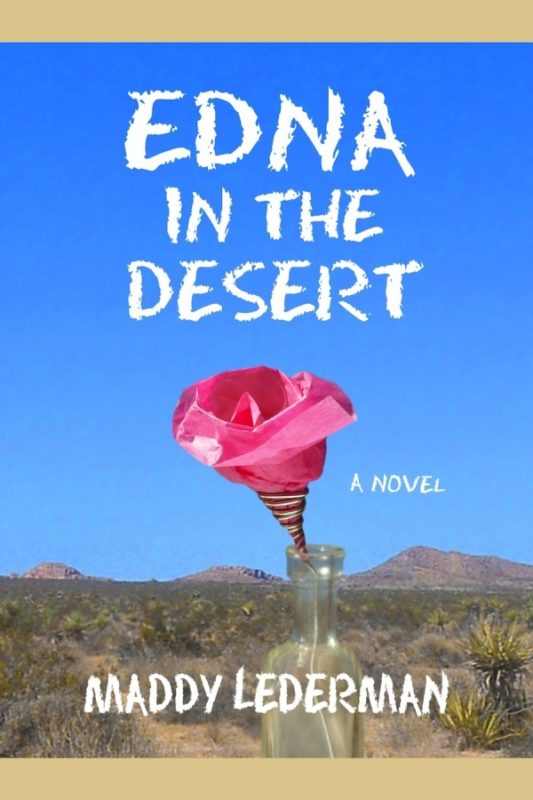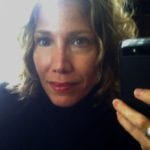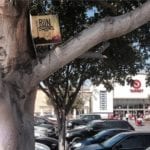
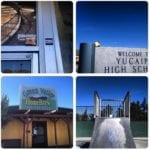

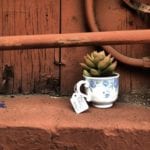


The notion that art can be free, when we are accustomed to determining something’s worth with a dollar sign, is almost absurd. It brings up questions about the intrinsic value and legitimacy of art outside of those predetermined, capitalistic, boundaries. In the free art movement, artists place their works in public spaces, plain view, or hidden, and it’s yours for the taking. This movement is all over the country and is growing in momentum. Free art forces the traditional exhibit beyond the walls of the gallery where it’s hung, makes the artist their own curators, and entire cities are transformed into galleries. And that’s empowering.
Artist Nick Bahula says, “I think that people overvalue money…I think the experience [of finding a free art piece] is more important.” Bahula takes photographs, or paintings, that he’s created, transfers them onto wooden blocks, and then hides them in Redlands, Yucaipa, and the surrounding areas. This medium came from the need of having creative control over his work–ensuring that each reproduced piece becomes an original. For him what art does is change lives and make things better. What free art does is create a mystery that those who find his blocks want to solve, and thus begins a dialogue about the who/why of art.
Inspired by Bahula, Willis Salomon (aka Garden Gorilla) entered the free arts scene just recently. His medium: plants; specifically succulents (plants that don’t need much water). For Salomon, the creative process itself, rather than the finished product, is one of the most crucial aspects. He explains, “[Art] is all about the hands on thing, and it becomes subjective after that…after that it’s for the public, for whatever they choose to do with it, in their minds or in their hands.” Perhaps this is why he associates the importance of art with the ability to create something from nothing. Artist as creator; in the whole sense of the word. In Salomon’s case, he works with living art, and encourages us to go green–and to not forget to transplant, lest the artwork die.
So, if you’re in the San Bernardino area, and you have stumbled upon small succulents in interesting planters, in places where succulents should not be–in front of a business or sitting on the sidewalk–hoping you will take them home and love them, or have come across colorful wooden blocks in an alley way or in front a small business daring you to take them, take them. They were left there for you.
If you’d like more information about the free arts movement or to find out more about Nick Bahula and Willis Salomon follow them on Instagram: @bahula, @freeartsmovement, @gardengorilla.

